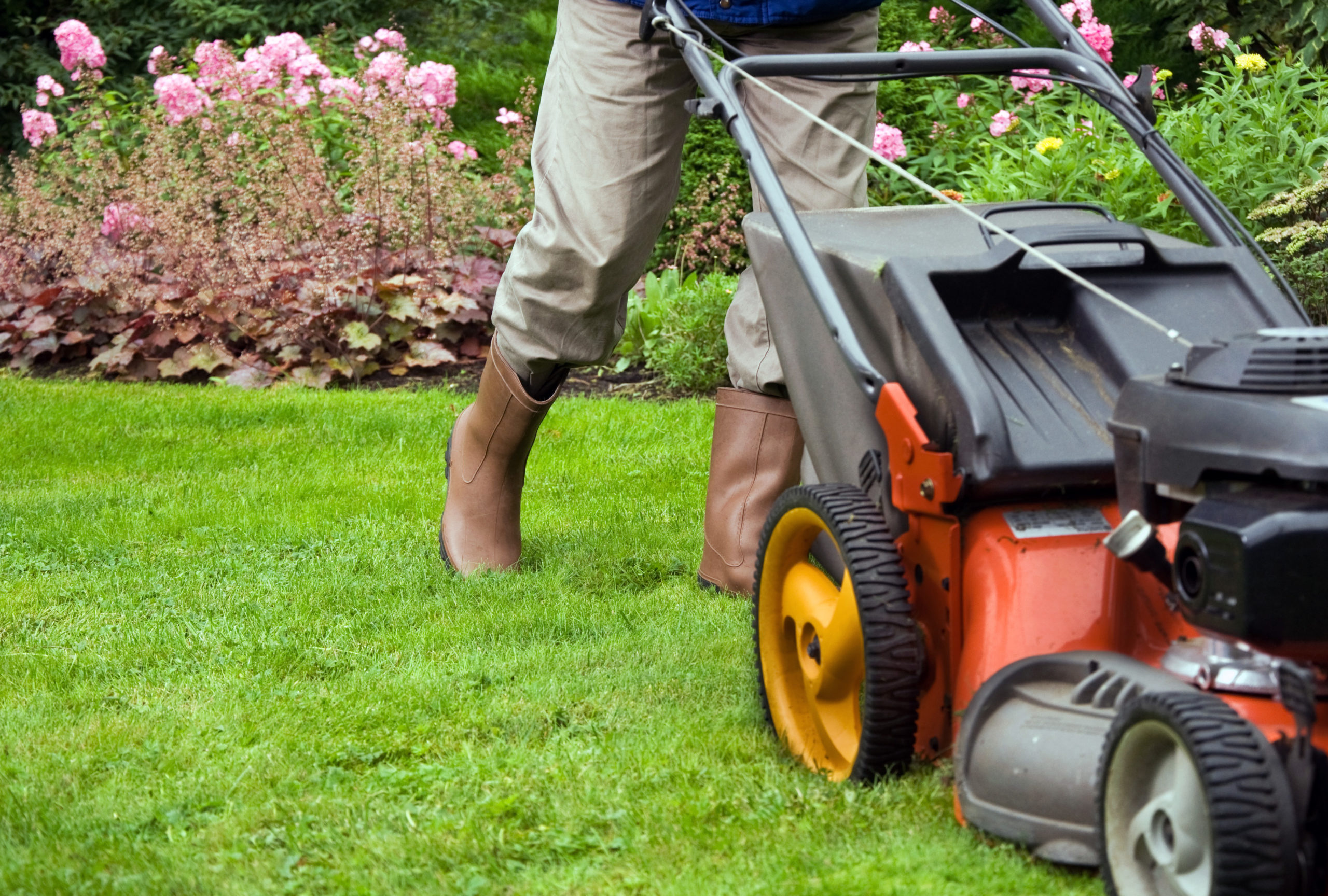Follow these lawn mower safety steps to prevent injuries and protect children from a serious hazard this season.
April 13, 2016, is a date Melissa Atnip wishes she could do over.
It was a typical Wednesday and she did what she had done many times before — jumped on her riding mower to cut the yard.
Her twin boys, Caleb and Conner, 4, were playing nearby.
After making one or two passes in the backyard, Caleb darted around the riding mower and slipped.
“The mower kind of sucked him in,” recalled Atnip. “It was a horrible noise that I still have nightmares about. I looked down and his foot was gone. It was shredded.”
The Atnips joined the nearly 20,000 families with children impacted by lawn mower-related injuries every year in the United States.
April to September is peak season that physicians at Monroe Carell Jr. Children’s Hospital at Vanderbilt see cases that typically require hospitalization, multiple surgeries and lengthy rehabilitation.
“Of all the things we see, lawn mower accidents are one of the most heartbreaking injuries we treat,” said Megan Johnson, M.D., assistant professor of Orthopaedic Surgery and Rehabilitation at Children’s Hospital. “We easily see half a dozen significant injuries a year. The worst part is, these injuries are 100% preventable.
“Unfortunately, it is not enough to say that children should be kept inside the house when the grass is being cut. They also need to be supervised while indoors as an extra precaution to make sure that they do not go outdoors. The majority of injuries occur when the mower is in reverse and the person mowing is unaware that the child is behind them.”
The wounding capacity of a lawn mower blade is three times the power of a .357 magnum gun, said Johnson. Flying debris or projectiles can cause serious harm too.
“Despite major efforts to prevent these injuries over the last two decades, the overall incidence of lawn mower injuries in children has not changed. It is critical to address this problem in our society given the significant morbidity and mortality that results from lawn mower injuries in children.”
The Atnips were not familiar with the statistics of lawn mower injuries nor that the accidents were so prevalent.
“I had never heard of people having amputations from lawn mowers until it happened to us,” said Atnip. “People really don’t understand just how common this is. Anytime I see people put their kids on the mower or even a picture of it on Facebook, I share how dangerous it is.
“I give advice whether it’s asked for or not. I just feel like it’s part of my responsibility.”
Johnson offers the following tips for lawn mower safety:
- No children should be in the yard while a mower is in operation.
- Check the area before starting the mower for debris and children.
- No passengers should be allowed on the mower.
- Children less than 16 should not operate mowers.
- Eye protection, closed-toe and slip-proof shoes should be worn.
- Do not mow in reverse or pull the mower backward.
- Read the lawn mower safety operator’s manual.
- Spend time showing teens the proper and safe way to operate the equipment.
- Supervise the teen until you feel sure that the task can be completed alone.
- Use a mower with a control that stops forward motion if the handle is let go.
Caleb, now 7, is an active first-grader who has adapted well to his prosthetic foot.
The horrors of that day will never be erased.
“Right before the ambulance left, I took a cooler and picked up all the pieces of his foot and shoe that I could find,” said Atnip. “But I knew then that there was nothing to reattach.”

